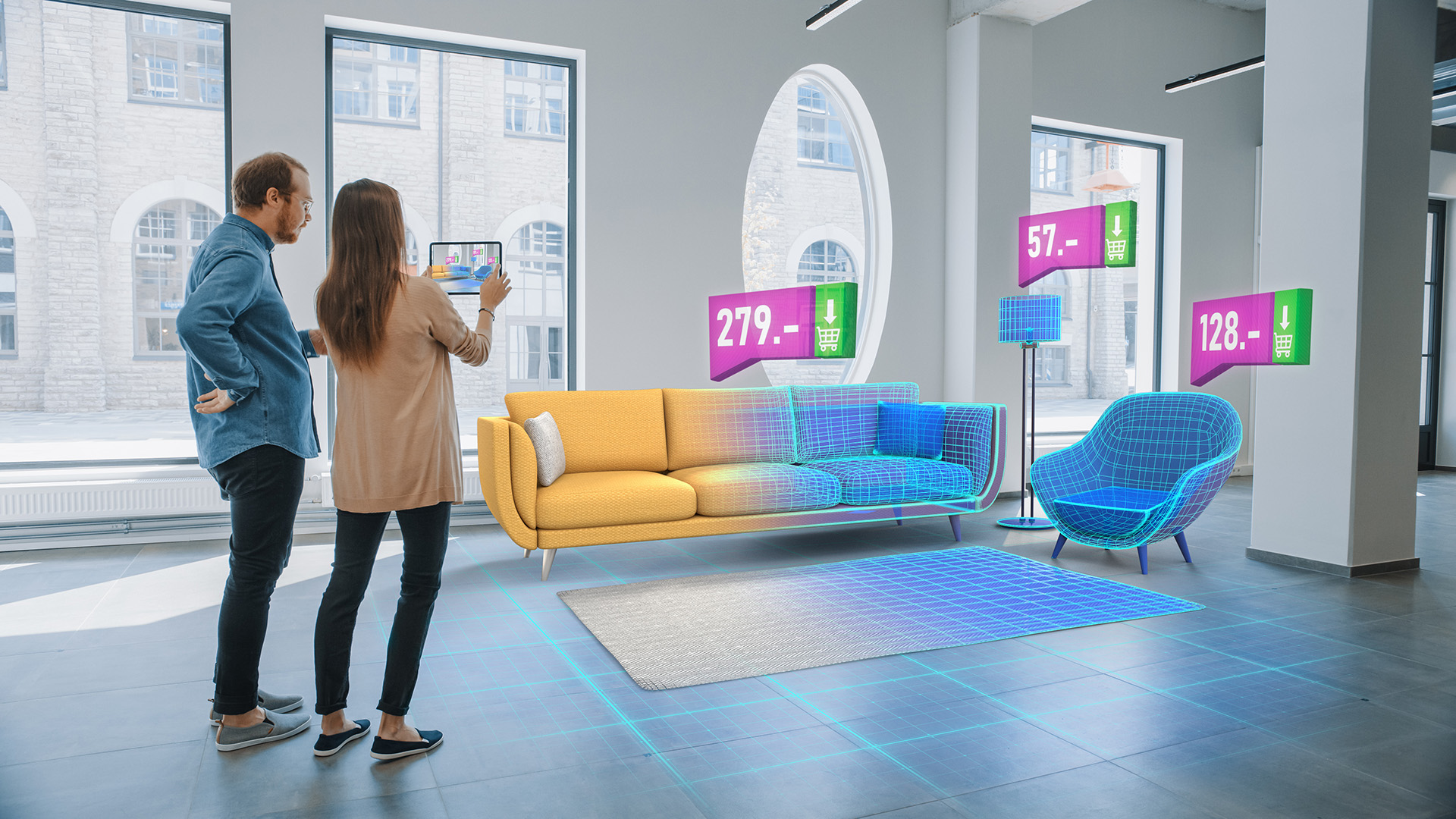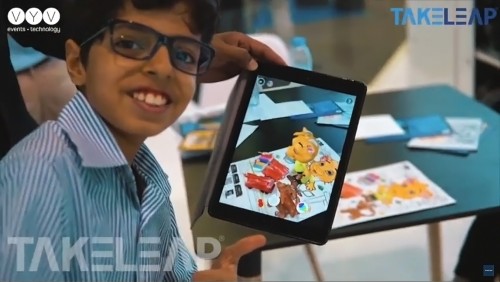Augmented Reality: The Future of Shopping and Marketing?

What is Augmented Reality?
Augmented reality is the act of layering virtual objects over real life. AR technology merges digital content with physical environments, which allows users to interact with both the physical and digital worlds simultaneously.
AR has been around for decades, but it's only recently gaining traction in society due to new innovations in augmented reality glasses like Google Glass. These glasses allow you to see virtual images in your field of vision by projecting them onto a small screen in front of your eye. That means you can look at data on your computer while also seeing what's happening around your office!
How can AR transform the future of shopping?
AR is already affecting the way we shop, as it has the potential to bring digital products into the real world. It could change how we buy and sell goods, as well as how we experience those goods.
For example, Nike has created an app called NikeLab AR that allows customers to explore and purchase its products in AR. With this app, users can walk through a virtual space and see what different styles of clothing and shoes would look like on them without having to try anything on or buy anything.
Nike isn't the only company that's harnessing the power of AR for shopping experiences. Brands like Gucci and Topman have used AR in their own apps to allow customers to view products virtually before making a purchase decision.
The future of retail is here! And it's all about using augmented reality to make shopping easier for buyers and more profitable for sellers.
How can AR transform the future of marketing?
Augmented reality is changing the way people interact with the world around them. It's transforming how consumers purchase products and how marketers sell their offerings. Retailers are using AR to create immersive virtual store tours that allow customers to see what they can't physically touch.
AR technology has already changed the marketing landscape, but marketers are only scratching the surface of what it can do for business. Marketers are limited by the current capabilities of AR technology, but as new technologies are developed, AR will be able to offer more innovative methods of reaching consumers.
For example, Google recently released a new app called "Ads in Apps" that uses augmented reality to display ads on mobile devices. This new app is just one of many ways AR has transformed marketing with more changes on the horizon.
The Future of Consumer Experience
Retailers are always looking for new ways to entice customers and get them excited about their products. Using augmented reality could be the next big innovation for retailers and marketers, and it might change the future of shopping.
Augmented reality is a live, direct or indirect view of a physical, real-world environment whose elements are augmented by computer-generated sensory input such as sound, video, graphics or GPS data. It lets you see something that isn't really there—like a full store display projected into your living room. For retail stores, this technology could allow consumers to take virtual tours of stores from their homes. This would give shoppers an idea of what the store looks like without having to physically go there first.
In addition to increased customer engagement, AR has major implications for marketing as well. Marketing teams can collect information about a customer's preferences by tracking eye movement and sending personalized content in response to where they look or dwell on a screen. This personalized experience can make customers feel more engaged with the brand and more likely to buy products.
Augmented reality is just getting started—and it could change the future of retail marketing forever!
Shopping with AR glasses
Imagine being able to walk into a clothing store and see your size, swatches of fabric, and different styles on your AR glasses while you shop. When customers are trying on clothes in stores, they're usually using mirrors or they're reaching behind racks to see what they might like.
AR glasses would allow them to see all the items in the store without walking around or getting help from an employee. It would also give customers the opportunity to view everything that's available in the store without having to leave the comfort of their own home.
Pairs of AR glasses are already for sale for $1,500, which means many people won't be able to use this technology. But as prices drop with time, more retailers will want them because it could make shopping more convenient and enjoyable.
Meanwhile, companies like Nike are experimenting with AR sneakers that let runners virtually "race" against one another in virtual races—without needing an actual track. This is just one example of how retailers can use AR to provide entertainment during shopping experiences.
Marketing with AR objects
The idea of virtual reality (VR) and augmented reality (AR) has been around for years, but we're only now seeing the potential of it. We've seen VR used in video games, but AR is making its way into the market, too.
Recently, Google released their new app called 'Pokémon GO' which brings AR to consumers in a whole new way. The game uses your phone's GPS to track where you are in the real world and create an AR map of Pokémon for you to find. You can also explore your surroundings by viewing your surroundings through the phone's camera lens. The game does this all while you're physically walking around outside with other people who are playing the game.
This is just one example of how technology is changing the future of shopping and marketing for good. What do you think? Could you see AR becoming a widely-used form of marketing? Read on to find out more about what augmented reality could change in our world!
Conclusion for Shopping
In this post, we discussed how augmented reality can change the future of shopping and marketing for good. We explored how retailers are using AR to take customers on virtual tours of their stores and show them products they might want to purchase. In addition, we also discussed how AR allows consumers to see what they can't physically touch.
In conclusion, it appears that augmented reality will hold a lot of potential in the future. If you're a business owner, now is the time to start exploring what this technology could do for your brand in the future!
Conclusion
Augmented Reality has the potential to completely change the way we buy and sell retail goods in the future. It’s important for businesses to take note of this technology and to understand how it will alter the buyer experience. While it’s still in its embryonic stages, augmented reality has the potential to change how we shop, how we market, and what the future of consumerism looks like.
It’s important for marketers to start experimenting with AR now, so they can anticipate the changes that are coming in the near future.







 Call
Call
 Mail
Mail